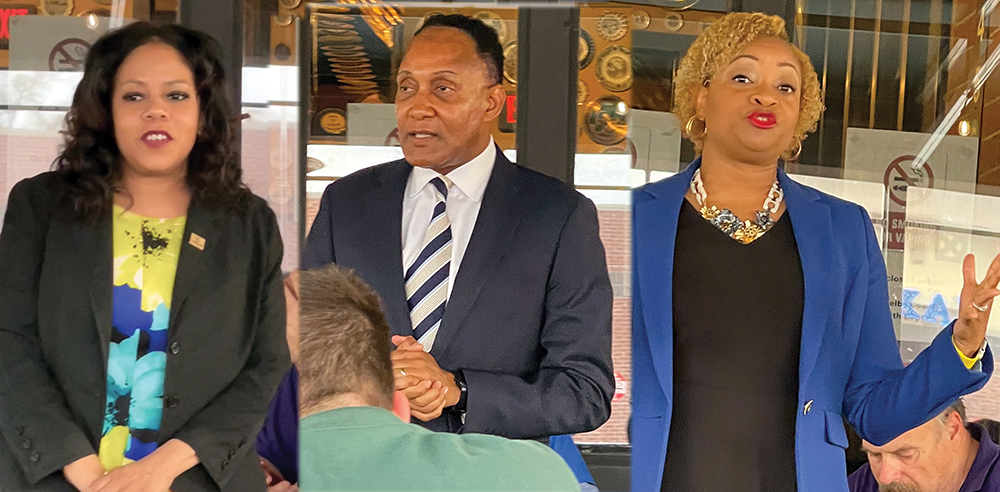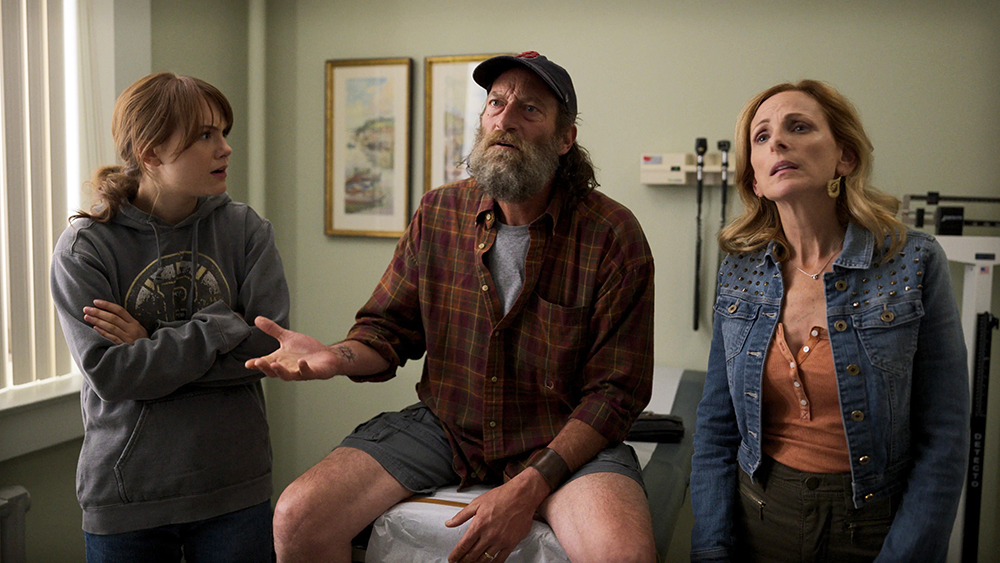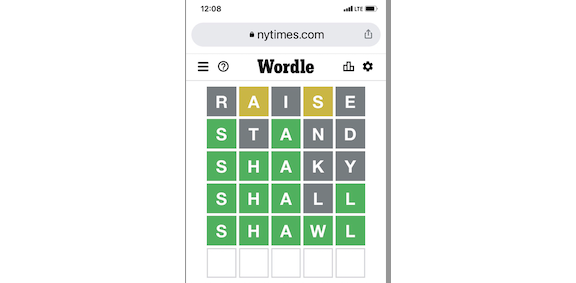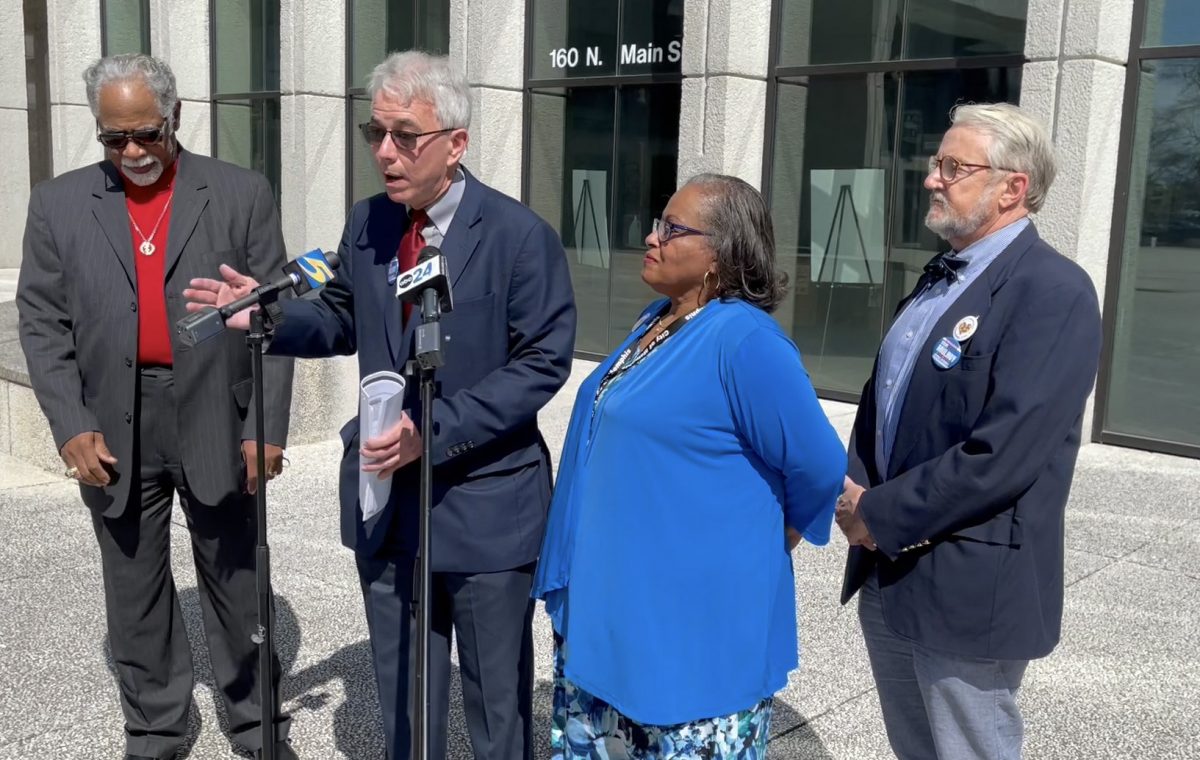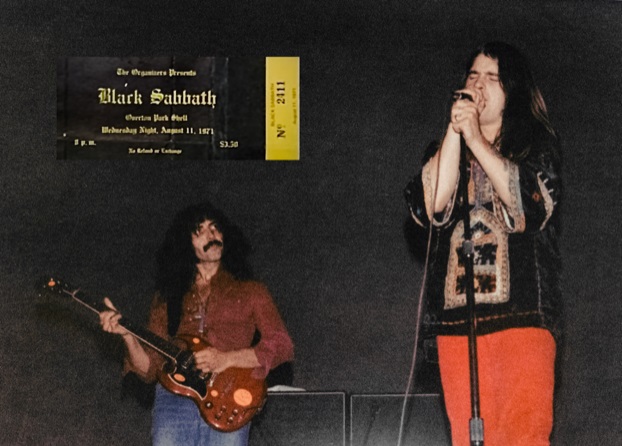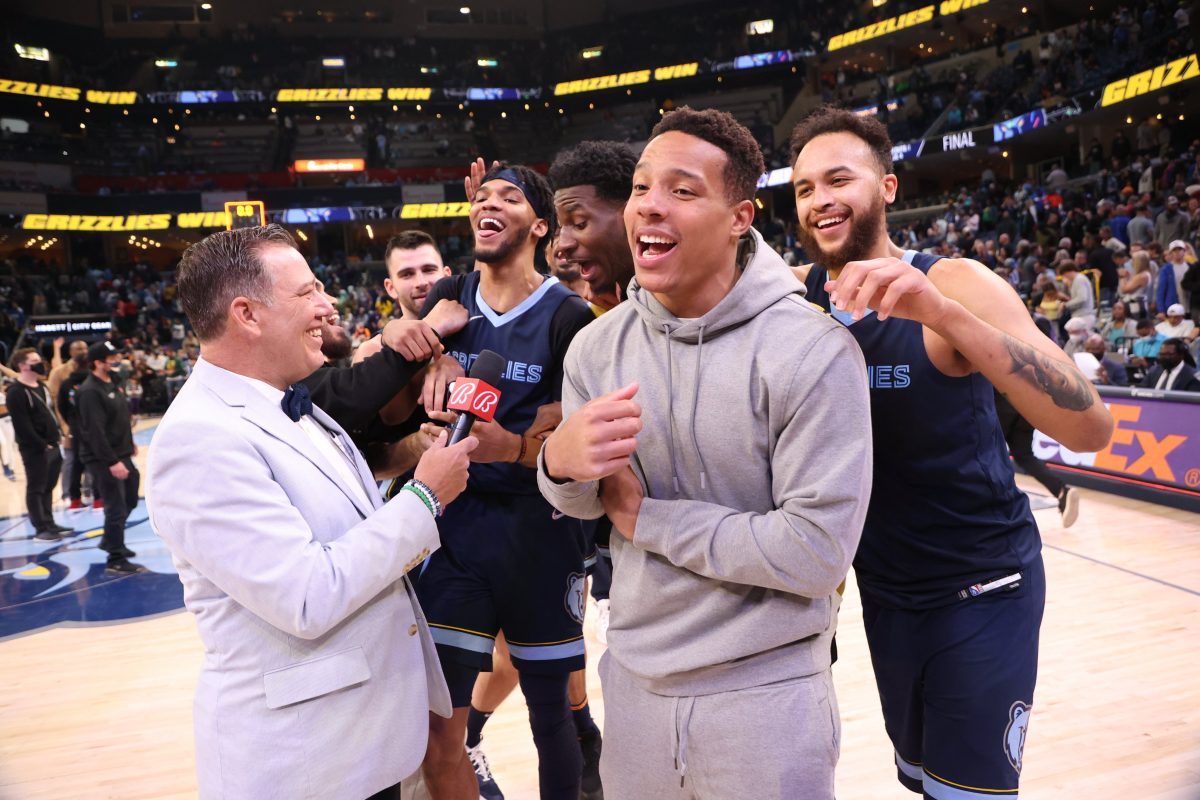One of the more closely watched Shelby County Commission races this year is that for District 5, which has been newly reapportioned so as to be a de facto Cordova district, the first time that sprawling area will have had its own distinct representative on the commission.
Some 40 to 50 years ago, Cordova, via a massive redevelopment of what had been a vintage and somewhat sleepy suburban town, became the latest white-flight mega-suburb. Some of its newer parts still correspond to that pattern and have been heavily absorbed in the de-annexation struggle in recent years.
But the community as a whole has ripened into the status of a large and diversified living space, accommodating a highly variegated population of several generations’ standing. Both major political parties will be contesting the seat in August, with the only Republican entry being one Todd Payne. Meanwhile most attention is focused on the Democratic primary, which has three reasonably well-pedigreed candidates seeking the party nomination.
They are: Shante Avant, until recently a member of the Shelby County Schools Board; Qur’an Folsom, chief administrator of the Shelby County Board of Commissioners; and Reginald French, currently the president/CEO of the Sickle Cell Foundation of Tennessee and a former official of both Memphis city government and Shelby County government.
The three gathered on Tuesday night of last week at the Flying Saucer restaurant on North Germantown Parkway for a forum sponsored by District 5 Democrats.
Speaking first, Folsom pledged to deal with the area’s residual safety issues and noted that she, as a hands-on commission administrator, is fully conversant with the district’s resources and the means to fully realize them. Noting the imminent advent of Ford Motor Company’s Blue Oval City complex in the near vicinity of eastern Shelby County, Folsom said, “Cordova is specifically positioned on I-40, to be the premium bedroom district for Shelby County. And I will ensure that we’ll push for that if I am so fortunate to become the next county commissioner of this district.”
She stressed the importance of developing family housing and not allowing Cordova to become a haven for renters, thereby equating planned capital development with the idea of permanence.
In his turn, French emphasized that he was a 20-year resident of Cordova. As a former corrections officer, he argued for more attention to public safety, and specifically for the retention of sheriff’s officers in the county schools. He said his background in both city and county jobs had given him a handle on neighborhood issues at large, including blight. Inattention to the health of neighborhoods would lead to “For Sale” signs, to mass rentals, and to the deterioration of the community, he said.
Avant acknowledged that she was a recent Cordova transplant and said her work as a school board member for South Memphis had given her insights into fundamental issues of education and school overcrowding. “During that time I also served as auditor,” she said. “When you are in charge of $1.5 billion, it is your responsibility to make sure that the resources from taxpayers are put in the right place.”
